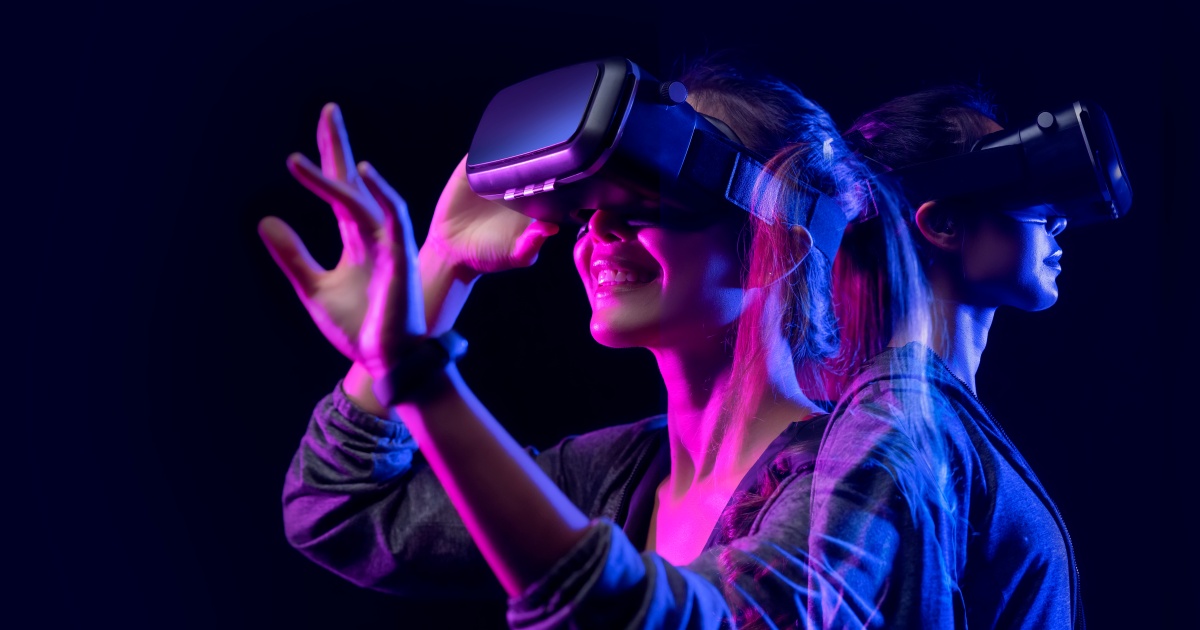
A consumer logs in to Snapchat and turns on Ulta Beauty’s filters to take photos with virtual makeup looks. The photos are then shared with friends on Snapchat and other social medial platforms. This is just one of many examples that businesses, such as Ulta Beauty, utilize augmented reality to generate brand awareness, drive revenue, and gain customer insights.
And AR innovation needs to stay consistent, because it is important to create new opportunities for businesses and industries. So, Qualcomm’s Snapdragon Spaces Pathfinder Program gives AR innovators that opportunity to stretch the limits of reality.
Companies in the Pathfinder Program leverage Snapdragon Spaces XR Developer Platform, an open platform and ecosystem supporting AR software solution providers delivering next-generation immersive experiences for head worn displays. Along with early access to Snapdragon Spaces technology, Qualcomm provides project funding, hardware dev kits as well as co-marketing and promotion to bring AR innovation ideas to life.
Qualcomm actively seeks developers to join the journey in creating innovative applications for the next generation of AR glasses.
CareAR, a Xerox company, answered that call and joined Qualcomm’s Snapdragon Spaces Pathfinder Program to let its enterprise platform customers take advantage of an expanded range of hands-free AR use cases across wearable devices, leveraging features powered by Snapdragon.
Snapdragon Spaces brings resources for CareAR that speed creation of immersive spatial experiences for 3D AR glasses powered by Android smartphones, wearables and other devices. Tools provided by Qualcomm include positional tracking, hand-tracking and gesture control. These features take advantage of Qualcomm’s Simultaneous Localization and Mapping-enabled chipsets to inspire a new class of AR use cases within vendor independent head mounted display applications.
“CareAR’s selection of Snapdragon Spaces enables us to rapidly bring our innovative AR with patent-pending computer vision motion detection and verification to a broad range of organizations that will benefit from visually self-guided and remotely assisted hands-free spatial experiences,” said Sam Waicberg, co-founder and president of CareAR.
CareAR’s initial solution enabled by Snapdragon is expected to release Q2 2023 with Lenovo ThinkReality A3 Smart Glasses wearables powering CareAR Assist and CareAR Instruct AR remote assist and self-guidance.
Leveraging Snapdragon features enable Lenovo and CareAR to deliver innovative hands-free graphical experiences in virtual space, including real-time anchored annotations that remain in place despite head movement.
“The Qualcomm Technologies and CareAR collaboration will drive differentiated new hands-free self-guided and remote assist augmented reality experiences,” said Brian Vogelsang, Senior Director of XR Product Management, Qualcomm. “We are looking forward to working with CareAR and other Snapdragon Spaces ecosystem members to advance the state of the head-worn AR.”
Edited by
Alex Passett